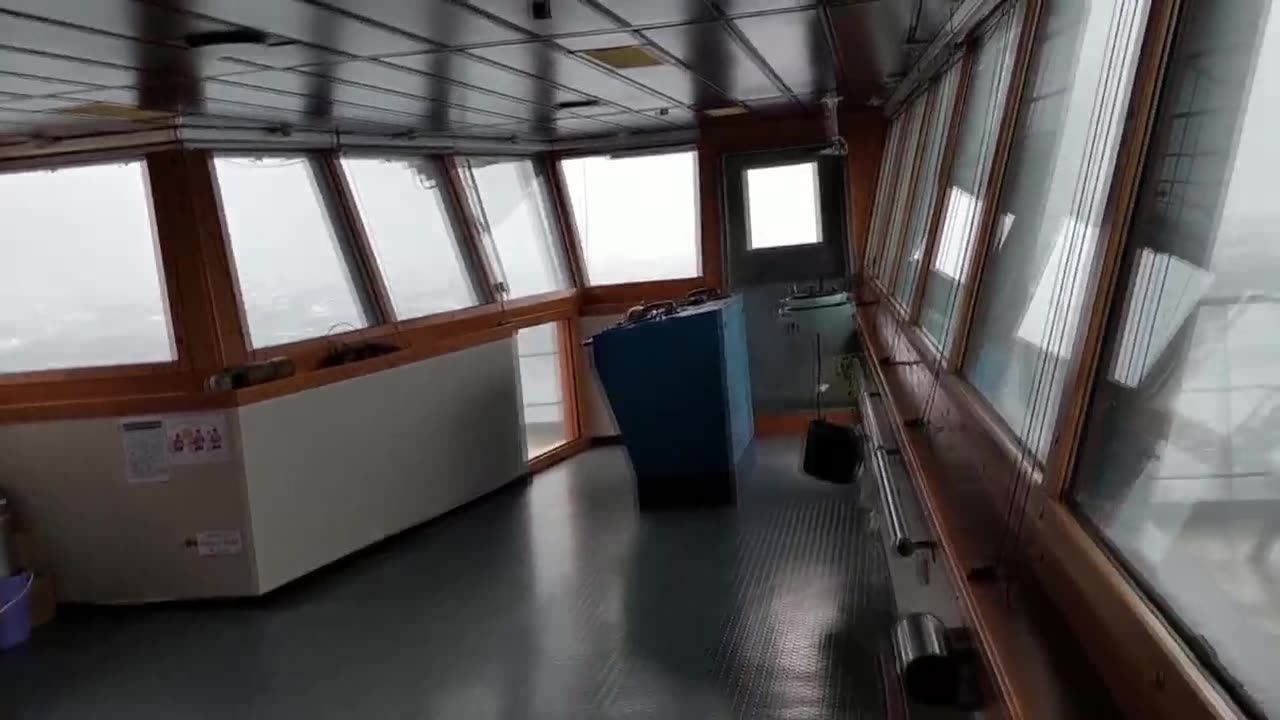Premium Only Content

10 MONSTER WAVES VS SHIPS
Sea storms, also known as tempests or storms at sea, are powerful and often violent weather phenomena that occur in maritime environments. These storms can have a significant impact on ships, posing numerous challenges and dangers to those sailing through them. Let's delve into the fascinating world of sea storms and their effects on ships.
Sea storms are typically characterized by strong winds, heavy rain or snow, rough seas, and reduced visibility. They are often associated with low-pressure systems, such as hurricanes, cyclones, or intense extratropical storms. These weather systems can generate powerful winds that can reach hurricane force, causing massive waves that can tower over ships. The combination of high winds and large waves can create a treacherous environment for vessels at sea.
When ships encounter a sea storm, they face several hazards. The most immediate danger is the rough and turbulent seas. Enormous waves can relentlessly pound against the ship's hull, causing it to pitch and roll violently. This motion can be disorienting and physically demanding for crew members, leading to seasickness and fatigue. The ship's structure may also be subjected to tremendous stress, potentially resulting in damage or the loss of cargo.
The strong winds associated with sea storms pose another significant threat. High winds can make it difficult for ships to maintain their course and speed, leading to navigational challenges. The wind can push against the ship's sails or superstructure, causing it to heel or lean to one side. This can disrupt stability and increase the risk of capsizing or rolling over. To mitigate these risks, ships may need to adjust their sails or take measures to reduce wind exposure, such as altering their course or seeking shelter.
Reduced visibility is yet another hazard during sea storms. Heavy rain, fog, or spray from breaking waves can obscure a ship's view, making it challenging to navigate and avoid potential dangers. Ships heavily rely on radar, sonar, and other navigational aids to maintain situational awareness and avoid collisions. However, these instruments may be less effective during severe weather conditions, further complicating the task of ship handling.
To cope with sea storms, ships are designed and equipped with various safety features. Modern vessels are constructed to withstand considerable wave impact and are equipped with watertight compartments to prevent flooding. They also utilize advanced weather forecasting systems to anticipate and avoid storms when possible. Additionally, ships may deploy storm anchors or sea anchors to stabilize their position and reduce drifting.
Despite these precautions, sea storms remain formidable challenges for ships and their crew. The unpredictable nature of weather systems means that even the most well-prepared vessels can find themselves in dangerous situations. It is crucial for ships to maintain constant communication with maritime authorities and fellow vessels, allowing for timely warnings and assistance if needed.
Sea storms and their impact on ships have played a significant role in maritime history and continue to be a subject of fascination and concern for seafarers. Through advances in meteorology, navigation technology, and ship design, the maritime industry strives to enhance safety and minimize the risks associated with these formidable natural events.
-
 2:05:07
2:05:07
Darkhorse Podcast
20 hours agoWhy Trump Wants Greenland: The 257th Evolutionary Lens with Bret Weinstein and Heather Heying
248K407 -
 8:50:58
8:50:58
Right Side Broadcasting Network
20 hours ago🎅 LIVE: Tracking Santa on Christmas Eve 2024 NORAD Santa Tracker 🎅
273K36 -
 2:48
2:48
Steven Crowder
22 hours agoCROWDER CLASSICS: What’s This? | Nightmare Before Kwanzaa (Nightmare Before Christmas Parody)
256K12 -
 33:49
33:49
Quite Frankly
19 hours agoThe Christmas Eve Midnight Telethon
68.7K7 -
 2:12:46
2:12:46
Price of Reason
18 hours agoAmber Heard BACKS Blake Lively Lawsuit Against Justin Baldoni! Is Disney CEO Bob Iger in TROUBLE?
24.4K11 -
 1:01:17
1:01:17
The StoneZONE with Roger Stone
13 hours agoChristmas Edition: Why the Panama Canal is Part of the America First Agenda | The StoneZONE
102K34 -
 18:12:15
18:12:15
LFA TV
1 day agoLFA TV CHRISTMAS EVE REPLAY
123K14 -
 13:32
13:32
Scammer Payback
14 hours agoChanging the Scammer's Desktop Background to his Location
1.21K2 -
 4:21
4:21
BIG NEM
16 hours agoNikola Tesla's Secret to Cultivating Creativity & Genius
851 -
 15:03
15:03
The Anthony Rogers Show
1 day agoAnthony Rogers - Live at Cusumano's Pizza (Upstairs)
1671